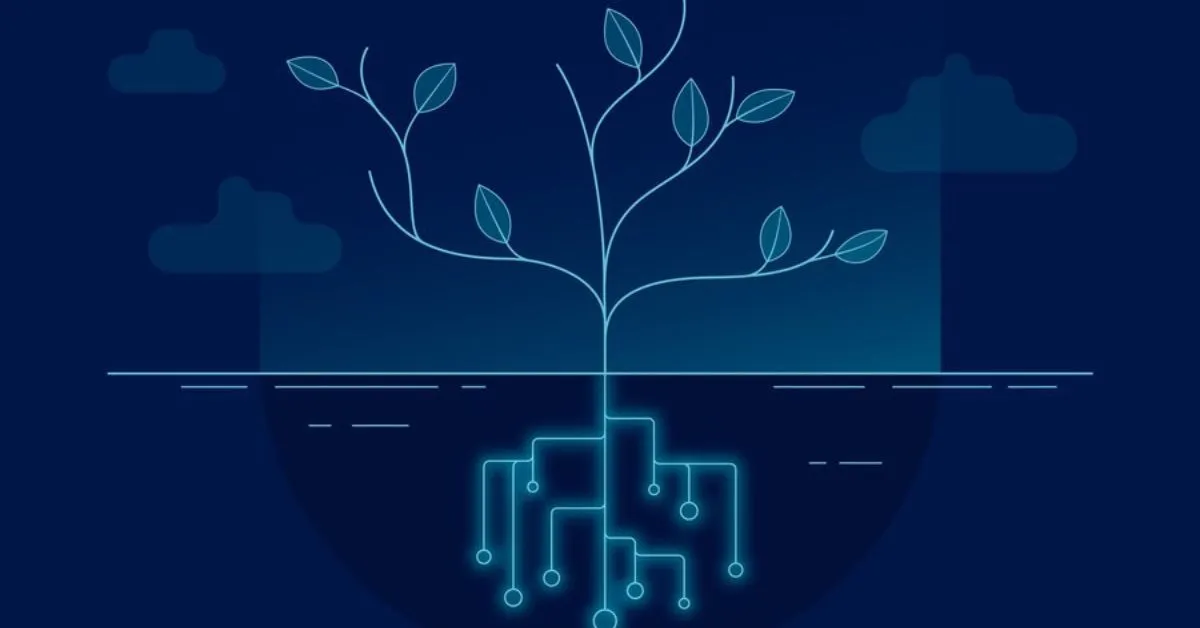Have you ever wondered how boundaries shape the world? Whether it’s the limitations of technology, the edges of scientific discovery, or the thresholds of the natural environment, understanding constraints can unlock endless possibilities. Enter Lepbound—a term that delves into these very boundaries, offering a framework to analyze, explore, and innovate within defined limits. But what makes this concept so intriguing, and how does it apply across various fields?
This article takes an insightful journey into the meaning, applications, and significance of this concept, ensuring an engaging and informative exploration for curious minds.
What Is Lepbound?
At its heart, Lepbound revolves around the idea of limits, thresholds, or constraints that govern what can be achieved within a particular framework. Depending on the context, it can relate to theoretical constructs in science, physical boundaries in engineering, or even ecological thresholds in environmental studies.
Think of it as a guidepost—like the lines on a sports field—that defines the playable area while leaving room for endless strategies and tactics. This duality of restriction and freedom makes the concept invaluable across disciplines.
Origins of the Concept
The roots of Lepbound can be traced to theoretical research, where defining measurable boundaries was key to solving complex problems. Over time, its interpretation expanded, adapting to fields as diverse as physics, engineering, biology, and beyond. Today, it serves as a versatile tool for understanding and navigating constraints.
Applications of Boundaries Across Fields
Physics and Mathematics
In these exact sciences, the study of boundaries often reveals the underlying principles of the universe. Lepbound concepts are integral to areas such as:
- Quantum Mechanics: Exploring the limits of particle behavior helps scientists understand probabilities and wave functions.
- Optimization Problems: In mathematics, boundaries define feasible regions where solutions to equations or systems can exist.
Engineering and Technology
Modern engineering relies on understanding and respecting constraints to design efficient and reliable systems. For example:
- Structural Engineering: From skyscrapers to bridges, engineers calculate tolerances to ensure safety and durability.
- System Design: In computing, understanding performance limits ensures compatibility between hardware and software components.
Environmental Studies
Ecology and environmental science frequently deal with the concept of thresholds.
- Resource Management: Analyzing how much an ecosystem can sustain without degradation.
- Climate Models: Setting limits for emissions to mitigate the effects of global warming.
Biology and Life Sciences
In biological systems, constraints influence survival and adaptation. For example:
- Cellular Biology: Defining nutrient uptake limits ensures balanced cellular function.
- Population Dynamics: Understanding ecological thresholds predicts species behaviors and interactions.
Why Is This Concept Significant?
Lepbound plays a pivotal role in decision-making, innovation, and policy formulation. Its importance lies in:
- Predictive Power: Knowing constraints helps forecast outcomes accurately.
- Optimization: It aids in identifying the best solutions within defined limits.
- Innovation: Recognizing boundaries often inspires breakthroughs that push these limits.
Practical Example
Take space exploration as an example. Designing a spacecraft involves understanding fuel capacity, material limits, and environmental conditions. Here, analyzing boundaries ensures safety while achieving mission goals.
Steps to Analyze Boundaries Effectively
Breaking down constraints into manageable elements requires a structured approach:
Define the Scope
Establish the context—are the boundaries physical, computational, or ecological? This clarity drives focused analysis.
Gather Reliable Data
Accurate data collection is crucial for understanding where limits exist.
Utilize Advanced Tools
Modeling software and simulations help visualize constraints and explore possibilities.
Test and Refine
Experimentation validates hypotheses and refines understanding.
Interpret and Apply
Translating findings into practical applications ensures tangible benefits across disciplines.
Challenges and Opportunities
While defining and working within boundaries is valuable, it’s not without its hurdles. Challenges include:
- Complexity of Data: Interpreting large datasets can be resource-intensive.
- Uncertainty: Natural systems often exhibit unpredictable behaviors.
- Interdisciplinary Expertise: Applying principles effectively may require knowledge across multiple fields.
On the flip side, advances in computational technologies, cross-field collaborations, and growing awareness about sustainability offer immense opportunities for growth.
The Road Ahead
As technology and knowledge advance, tools for analyzing and redefining boundaries will grow more sophisticated. This progress will aid in solving global challenges, from renewable energy to sustainable urbanization. A paradigm shift may also emerge, integrating ethical considerations into the study of constraints and ensuring holistic solutions.
Conclusion
Lepbound encapsulates the delicate balance between potential and limitation. By exploring and understanding these constraints, society can unlock innovations, navigate complex challenges, and shape a sustainable future. It’s not just about defining boundaries but finding ways to work within and beyond them, creating opportunities that were once unimaginable.
FAQs:
What is the simplest way to understand Lepbound?
It refers to constraints or limits that define what can be achieved within a given framework, whether in science, technology, or nature.
How do engineers use this concept?
Engineers use it to determine safe operational limits, ensuring efficiency and reliability in designs and systems.
Why are constraints important in environmental studies?
They help identify sustainable thresholds, ensuring ecosystems remain healthy and balanced.
Can the principles of boundaries apply to everyday life?
Absolutely. Understanding personal limits can enhance decision-making, time management, and problem-solving.
What tools assist in understanding constraints?
Modeling software, algorithms, and simulations are common tools for analyzing and visualizing boundaries effectively.











